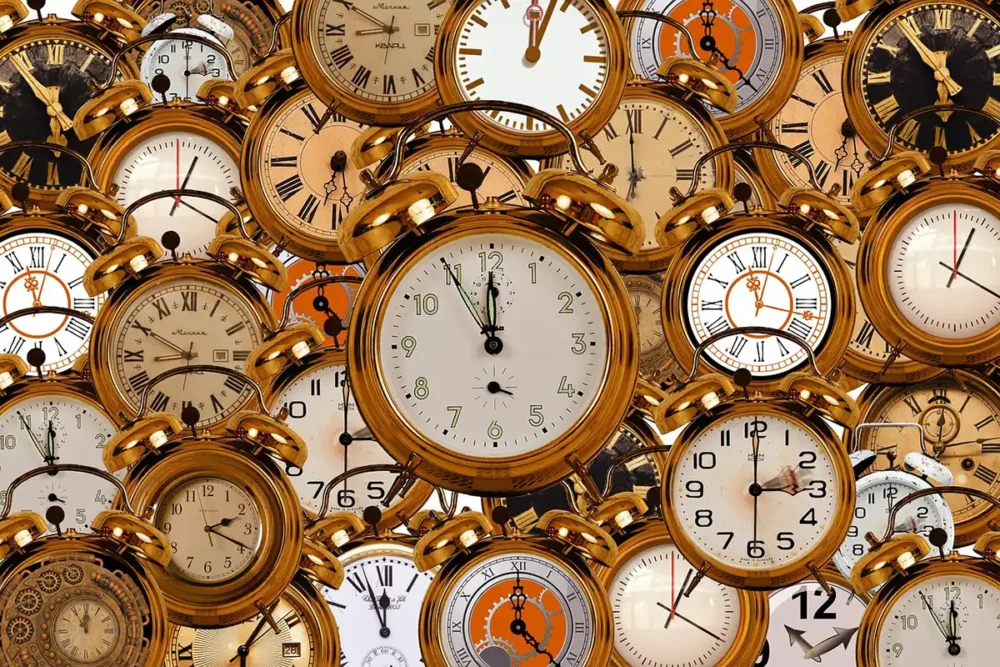WINTER is drawing in – and so are the nights – as the UK gets ready to put the clocks back.
Spring forward, fall back, and on the last Sunday in October – which this year falls this weekend (October 29).
At 2am, we gain an hour in bed, but lose an hour of sunlight at the end of the day.
Most electronic clocks – such as phones and computers – will automatically update, but remember those analogue devices, such as wall clocks – and don’t forget the regular battle to work out how to change your oven and car clocks.
When clocks in the UK go back, they align with Greenwich Mean Time (technically, the yearly average of the time each day when the sun crosses the Prime Meridian at the Royal Observatory in, surprise surprise, Greenwich).
But curator at the Royal Observatory, Louise Devoy, said the change doesn’t mean a great deal to her.
“Actually, I have very little work to do when the clocks change,” she said.
“We deliberately keep most of our historic clocks on GMT all year round as they were mainly used before the first daylight saving came into effect in 1916.
“Visitors arriving at the Observatory in the summer are often confused by the apparent delay shown on the Shepherd Gate Clock but as Britain’s first public clock to show GMT, we’re proud to continue this tradition.
“The most significant change is our Dolphin sundial which needs to be adjusted four times a year: at the solstices (June and December) and when the clocks change (March and October).”
The use of different dial rims for Greenwich Mean Time and British Summer Time, and of the two different hour-plates with the hour lines marked, means that the Dolphin sundial at the Royal Observatory is accurate whatever the time of year.
Why do clocks go forward and back in the UK?
The changing of clocks in the UK dates back to the early 20th century.
A campaign was launched to introduce the system in a bid to avoid wasting daylight hours by sleeping.
Now, people argue changing the clocks is a benefit because it means we don’t use electricity lighting and heating our homes and also reduces road accidents (because it’s lighter when we’re driving home from work, presumably).
Those against the move say it’s an inconvenience, means we have darker mornings on the roads, is unnecessary due to electric lighting etc and some farmers have suggested it upsets routines for livestock.
The debate rages on, more than 200 years after the idea was first suggested, in 1784, by Benjamin Franklin, who wrote an article claiming we were wasting daylight.
In 1907, keen horse rider William Willett campaigned to advance clocks in spring and summer and return them in the autumn.
His plan, however, was more complicated than we now know, with the idea to advance clocks by 80 minutes, in four separate moves of 20 minutes each.
However the seed was sown, and the idea kept resurfacing.
In 1908, The House of Commons rejected a Bill to advance the clocks by one hour during the spring and summer months.
But in 1916, the Summer Time Act was passed, ordaining that for a certain period during the year legal time should be one hour in advance of GMT.
During the Second World War, double summer time (GMT + two hours) was used to help the war effort.
When do the clocks change in 2024?
Just an early warning – set yourself a reminder – the clocks go forward again at 1am on March 31, 2024.











Leave a Reply